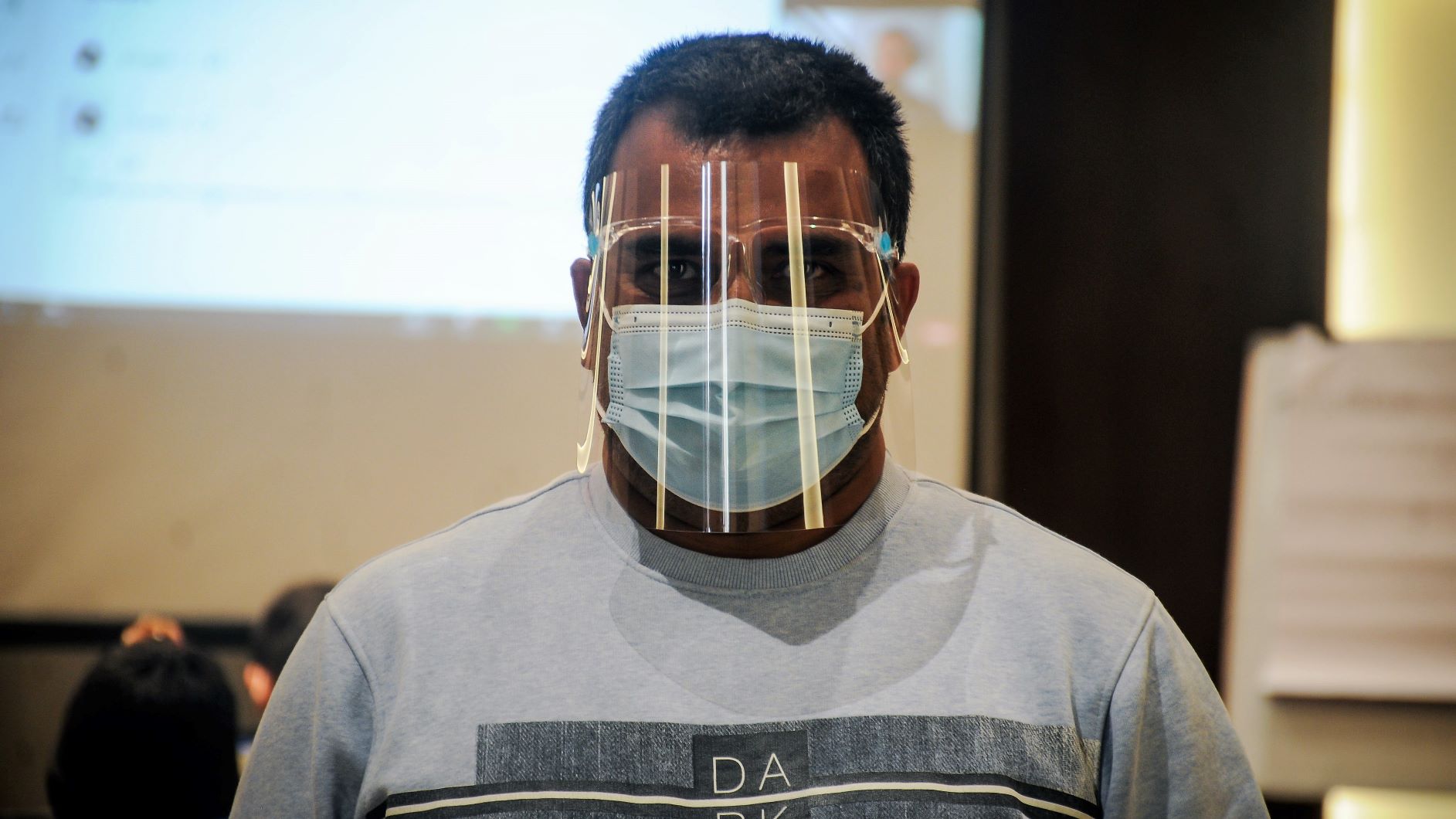Early 2007, National Sports Council (NSC) made a big fanfare announcing a long-term sports plan–Vision 2020. The plan talked about–among many other things–prioritizing sports under various headings and to promote events with more chances to succeed at international arenas. The ultimate aim of the plan was to develop sports in such a way that Nepal would win gold medals at Olympics.
Nepal´s performance at the 16th Asian Games in China, held a couple of months short before the plan reached its fourth year, showed no indication of things improving. Instead of progressing, it looked like our sports was sliding downwards. Ask any sports official and he will give you a dozen reasons why this is happening starting with lack of budget, training, exposure and, yes, of a long term vision for development of sports.
Before the 15th Asian Games at Doha, Qatar, the then NSC member secretary Jeevan Ram Shrestha announced that only those who performed best at the South Asian Games (SAG) would participate in Asiad. True to his words, only 49 players taking part in 15 games were dispatched to Qatar and I wholeheartedly agree that particular decision was a good one. If the players could not perform well in South Asian Games, there is no point giving them another exposure of losing, in the name of taking them to the higher level.
But both the announcements under the Vision 2020 seem to have lost their relevance now. The prioritization of sports has not happened or, if there is any such prioritizing, we are yet to see the ground breaking changes in the Nepali sports.
The problem is we don´t have a vision on how to develop sports in a better way.
The grand schemes like Vision 2020 and overhyped plans related to participation in international games are forgotten as soon as the high ranking officials who make the announcements leave their posts in the governing body – the NSC.
No wonder that with member secretary Jeevan Ram Shrestha no longer as the in-charge of the sports body the plans charted out during his tenure have been thrown away. Bad as the practice is for the growth of any sector, the scenario gets even worse in case of Nepal because of the frequent changes in the authority.
Sadly, it was not only NSC that didn´t live up to the member secretary´s words. Even the Nepal Olympics Committee (NOC), where Shrestha now holds the post of general secretary, did not make any effort to select only those performing well in SAG to participate in Asiad. As soon as he was out of NSC, he forgot everything.
In Nepal there are around 85 sports associations and we all know investing in them takes us nowhere. The prioritization of sports is a must and it should be based on two aspects – prospects and population. Sports with prospects of doing good should get the high priority, that means more money in their development, along with those sports involving a big population in it. Martial arts, athletics and cricket have good prospects whereas football, basketball and volleyball are the games with large number of people involved.
The other most important aspect for developing the sector is continuity. Continuity to the decisions made by the preceding committees — with relevant changes based only on experiences and studies (not based on the whims of board members and officials) is very important if we want to develop our sports to a point where we could hope of winning Olympics gold medals.
(As published in Republica)

